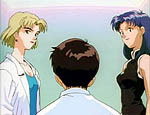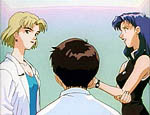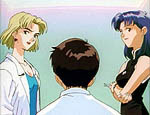FGC:Episode 01 Cut 184-2: Difference between revisions
m (FGC:Episode 01 Cut cut184-2 moved to FGC:Episode 01 Cut 184-2: Move cuts in order to standardise page names.) |
m (Automated Text Replace to correct Scene Image links. Images no longer use FGC_ prefix) |
||
| (3 intermediate revisions by the same user not shown) | |||
| Line 1: | Line 1: | ||
<noinclude> | <noinclude> | ||
'''FGC:Episode 01 Cut | '''FGC:Episode 01 Cut 184-2''' | ||
{{FGC:Scene | {{FGC:Scene | ||
|cuts= | |cuts= | ||
</noinclude>{{FGC:Cut|episode=01|cutname= | </noinclude>{{FGC:Cut|episode=01|cutname=184-2 | ||
|images= | |images= | ||
[[Image: | [[Image:01_C184d.jpg]] | ||
[[Image: | [[Image:01_C184e.jpg]] | ||
[[Image: | [[Image:01_C184f.jpg]] | ||
|cutnumbertext=[[FGC:Episode 01 Cut | |cutnumbertext=[[FGC:Episode 01 Cut 184-2|184]] | ||
|script= | |script= | ||
Misato “Right.According to the Marduk Report, | Misato “Right.According to the Marduk Report, | ||
Latest revision as of 22:32, 27 December 2009
FGC:Episode 01 Cut 184-2
| Screenshots | Cut # | Description/Dialogue | Commentary | ||
|---|---|---|---|---|---|
| 184 |
|
|



